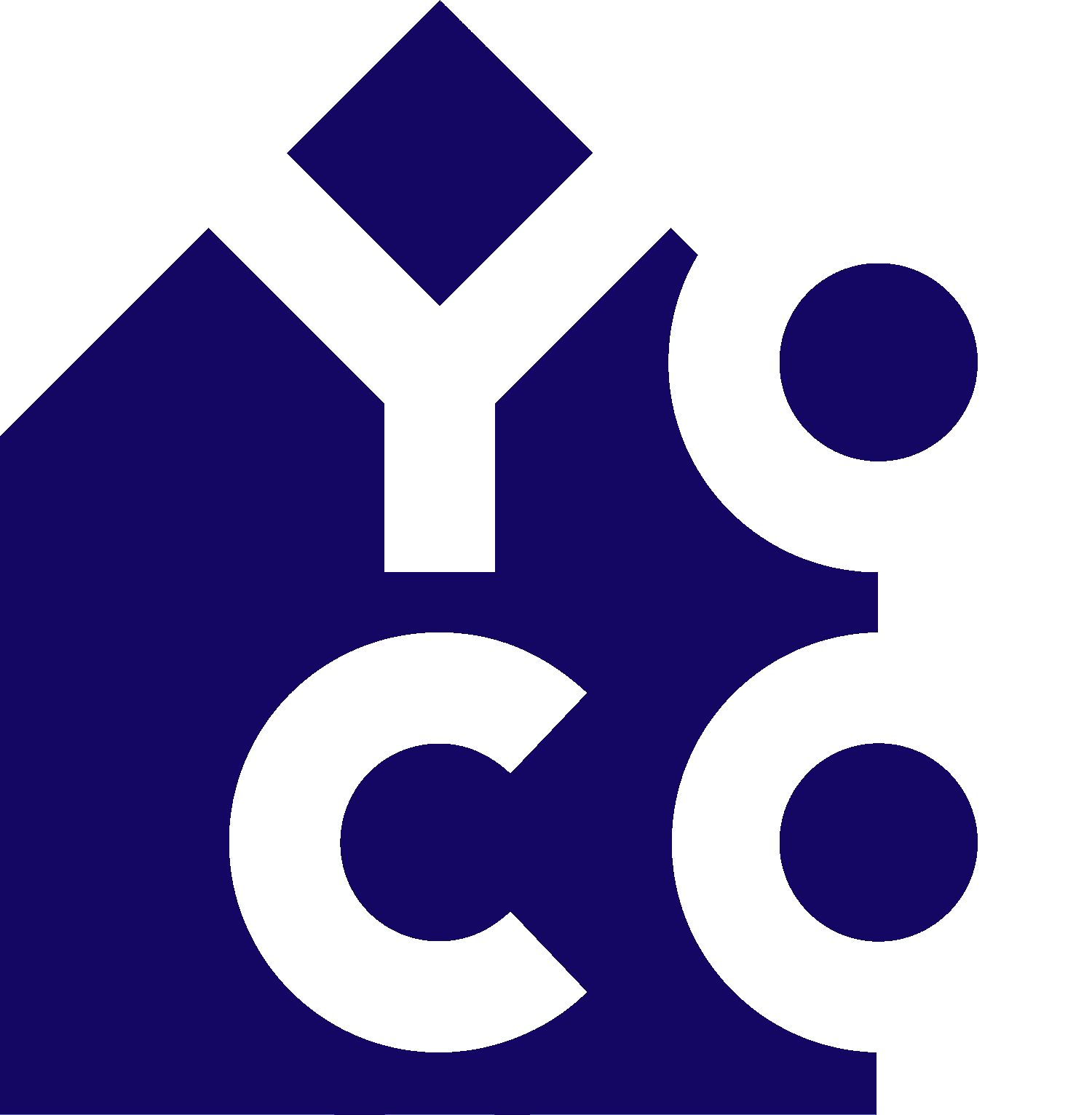Big Tent Day 1: How can Brownfield Sites be turned into Inclusive, Ambitious, Beautiful and Sustainable Developments?
YoCo was involved in two sessions as part of the Radix Big Tent. In this blog we discuss the Friday session and here we explore the session we convened on Saturday.
On Friday 16th June, we took part in a session ‘How can Brownfield Sites be turned into Inclusive, Ambitious, Beautiful and Sustainable Developments? Lessons for and from York Central’
It was facilitated by Dame Mary Archer, Chair, Science Museum Group and we acted as a provocateur alongside:Greg Dyke, Chair of York Central Strategic Board, Ellie White, C40 Cities and Alison Crofton, National Development Director, Homes England.
Below we share what Helen contributed and a few reflections on the discussion:
Places are special, unique, magical because people who live there, work there and spend time there make them so.
People who live in a place develop deep local knowledge about wildlife, they catch glimpses of deer or look out for well-loved old and wise trees, they plant and grow, they litter pick, they set up corner shops, rent spaces for choir practice, they hang out at the swings, they chat as they pass by.
This type of place-making – lived, felt, done place-making – is often seen as a nice layer on the top of or after development, after official or planned place-making.
It is sometimes seen to be a nice or generally good thing to give communities a ‘sense of ownership’.
But on York Central YoCo wants actual ownership.
Throughout the 2018 My York Central public engagement commissioned by the York Central Partnership – which I facilitated with Phil Bixby – people talked of genuinely, forever affordable homes, homes for living not investment, building in low running costs through high standards, streets where children play, of hearing bird song, of activating the benefits of high density – communities made through exchange.
None of this is just apple pie. In this lived, felt, done, hopeful place-making lies an economic model.
An economic model which clear-sightedly recognises how expensive York Central is to develop – its location next to a major railway station, situated in a city of ever growing housing and economic inequalities. One where lived, felt, done place-making is the economic plan.
YoCo: York Central Co-Owned intends to use the 5% set aside in the York Central outline planning consent for custom and self-build to develop a neighbourhood of around 120 homes. To enable forever affordable homes, we will use York Central’s planned high density – with shops, workshops, studios, cafes at ground floor and homes with generous balconies above, income from the commercial uses cross-subsidizing the housing. We will work with the city’s inequality in locally redistributive ways, inviting those in the city with wealth to invest through down-sizing and buying equity in the neighbourhood and through community share issues. We will find ways of capturing, co-owning and sharing our city’s tourist wealth.
In the end places are valuable because people make them valuable, make them desirable. This people-powered value is too often captured, monetarised and extracted through unaffordable rents, air bnbs, chain businesses. Profiting, rentier, from that everyday, lived, felt, doneness of place.
Communities make value. We have a plan for that value to be kept local, recirculated, and through this practically, viably, co-own a part of York Central and of York.
And that just for starters.
Reflections on the discussions:
Greg Dyke set out a series of issues he thought need to be addressed avoid York Central being done to York, rather than with and by York. We’ve explored these elements more fully in our write up of our Saturday Big Tent session [link]. But what is noticeable is the continuity is vision between My York Central Big Ideas, Vision and Principles for ongoing community involvement and what Greg said and much of what Alison Crofton said as well.
It became clear that the key to realising what is shared is the governance and economic models. How can the big players collaborate in place-making with YoCo and other community groups and small businesses? What kinds of co-governance models might be look at? How might we create an economic model that enables the value being created - through infrastructure, building, through location but also through communities, culture and environment – to be kept local, circulating and not just leak away, extractively
